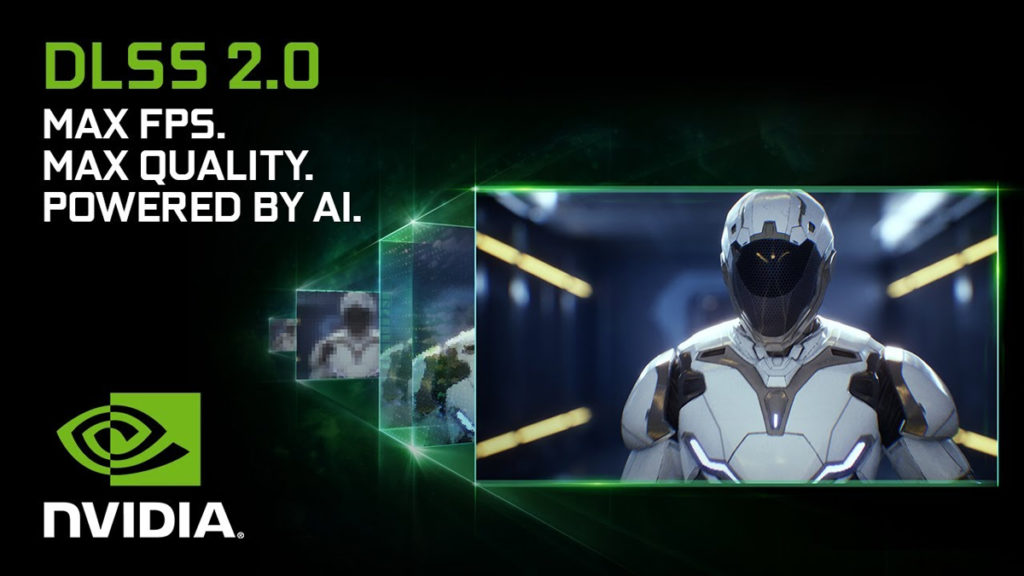
NVIDIA released DLSS back in 2018 with the launch of its Turing-based GeForce RTX graphics cards. Since then, the super-sampling technology has been featured in over 60 games to boost performance. The SDK is now available as a free download for developers to implement and test. The Unreal Engine 5 and 4.26 plugins can be accessed via the marketplace. It can also be found in Unity 2021.2 beta, or the full 2.2.1 SDK can be downloaded. NVIDIA is also hosting a virtual DLSS session during GDC, which runs through July 23.
| System Requirements | DLSS SDK |
|---|---|
| Operating Systems | Windows 10 64-bit DirectX End-User Runtimes (June 2010) Linux Ubuntu 18.04 or 20.04 |
| Dependencies | NVIDIA RTX GPU NVIDIA DLSS SDK requires an R470 driver or newer. |
| Development Environment | Visual Studio 2017 v15.6 or later Linux: Visual Studio Code, GCC and g++ 8.4.0 or newer |
| Engine Requirements | DirectX11, DirectX 12, or Vulkan basedAdditional note for Vulkan: The Vulkan path of DLSS expects the application to run on a Vulkan version 1.1 or later. On each evaluation call (i.e. each frame), provide The raw color buffer for the frame (in HDR or LDR/SDR space). Screen space motion vectors that are: accurate and calculated at 16 or 32 bits per pixel; and updated each frame.The depth buffer for the frame.The exposure value (if processing in HDR space). |
Today, NVIDIA has made Deep Learning Super Sampling (DLSS) easier and more flexible than ever for developers to access and integrate in their games. The latest DLSS SDK update (version 2.2.1) enables new user customizable options, delivers Linux support and streamlines access.
